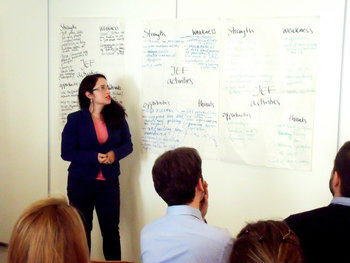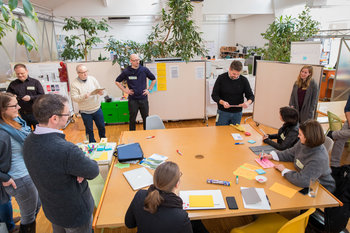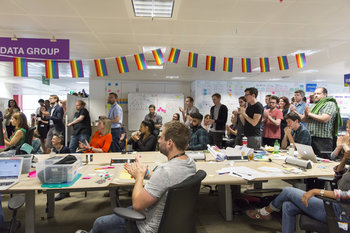|
| |
Context of the organization is the set of internal and external factors that influence the risks and opportunities of an organization. Internal context are the things that you can influence or control such as your leadership or your systems. External context are the things that impact you that are fully beyond your control such as markets or regulations. The following are common examples of context of the organization.
Assets | Brands | Competition | Costs | Cultural Environment | Customer Needs | Customer Perceptions | Demographics | Disasters | Economic Conditions | Employees | Environmental Degradation | Exchange Rates | External Infrastructure | Intellectual Property | Interest Rates | Internal Capabilities | Internal Infrastructure | Internal Systems | Internal Tools | Knowledge / Know-how | Leadership | Markets | Media | Objectives | Office Politics | Organizational Culture | Organizational Structure | Political Environment | Political Stability | Processes | Productivity | Products | Protests | Psychographics | Regulations | Reputation | Services | Social Attitudes | Social Environment | Social Media | Strategy | Supply Chain | Taxation | Technological Environment | Trade Barriers | Weather | Working Conditions |
|
Type | | Definition | The set of internal and external factors that influence the risks and opportunities of an organization. | Related Concepts | |
Context Analysis
This is the complete list of articles we have written about context analysis.
If you enjoyed this page, please consider bookmarking Simplicable.
© 2010-2023 Simplicable. All Rights Reserved. Reproduction of materials found on this site, in any form, without explicit permission is prohibited.
View credits & copyrights or citation information for this page.
|






























